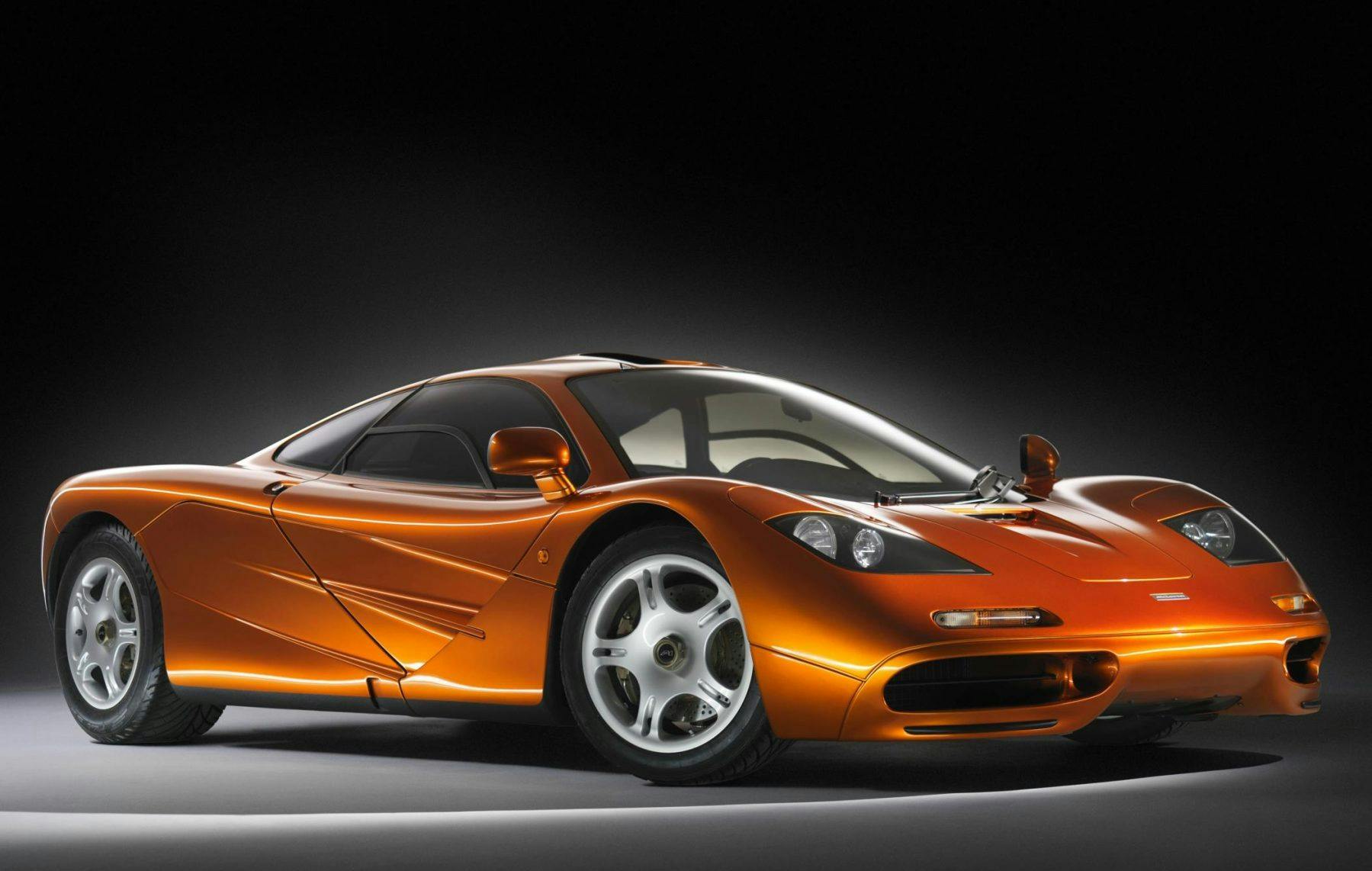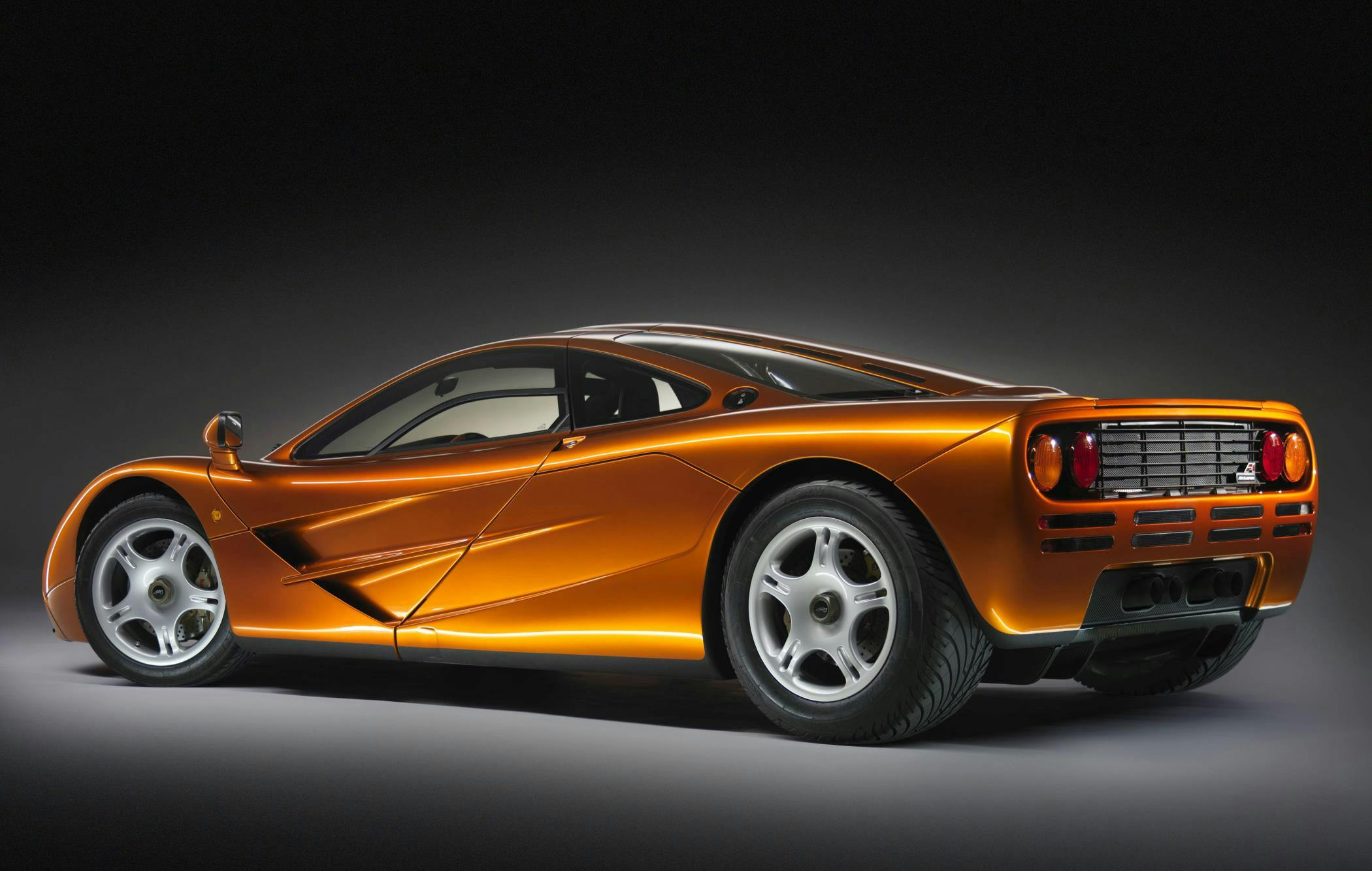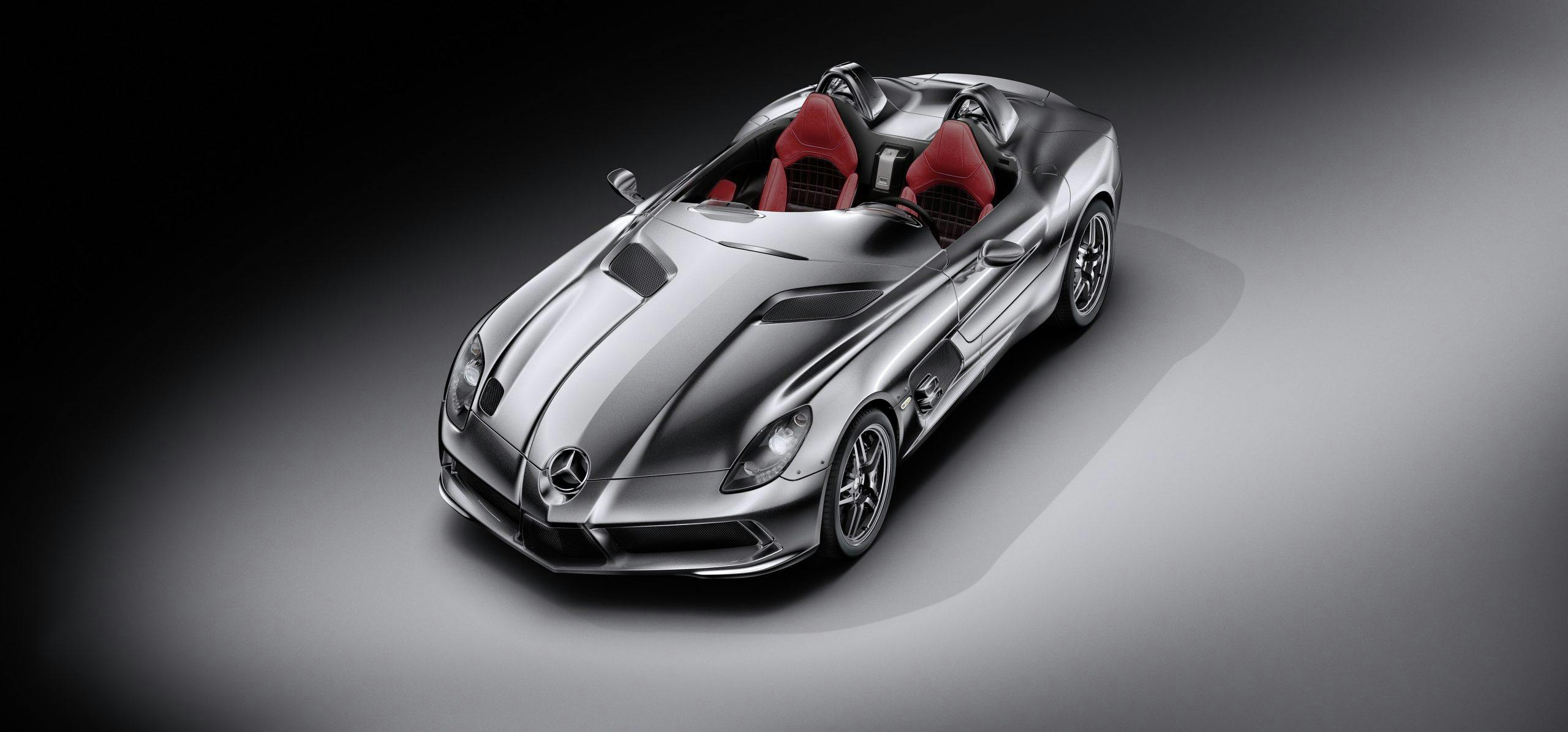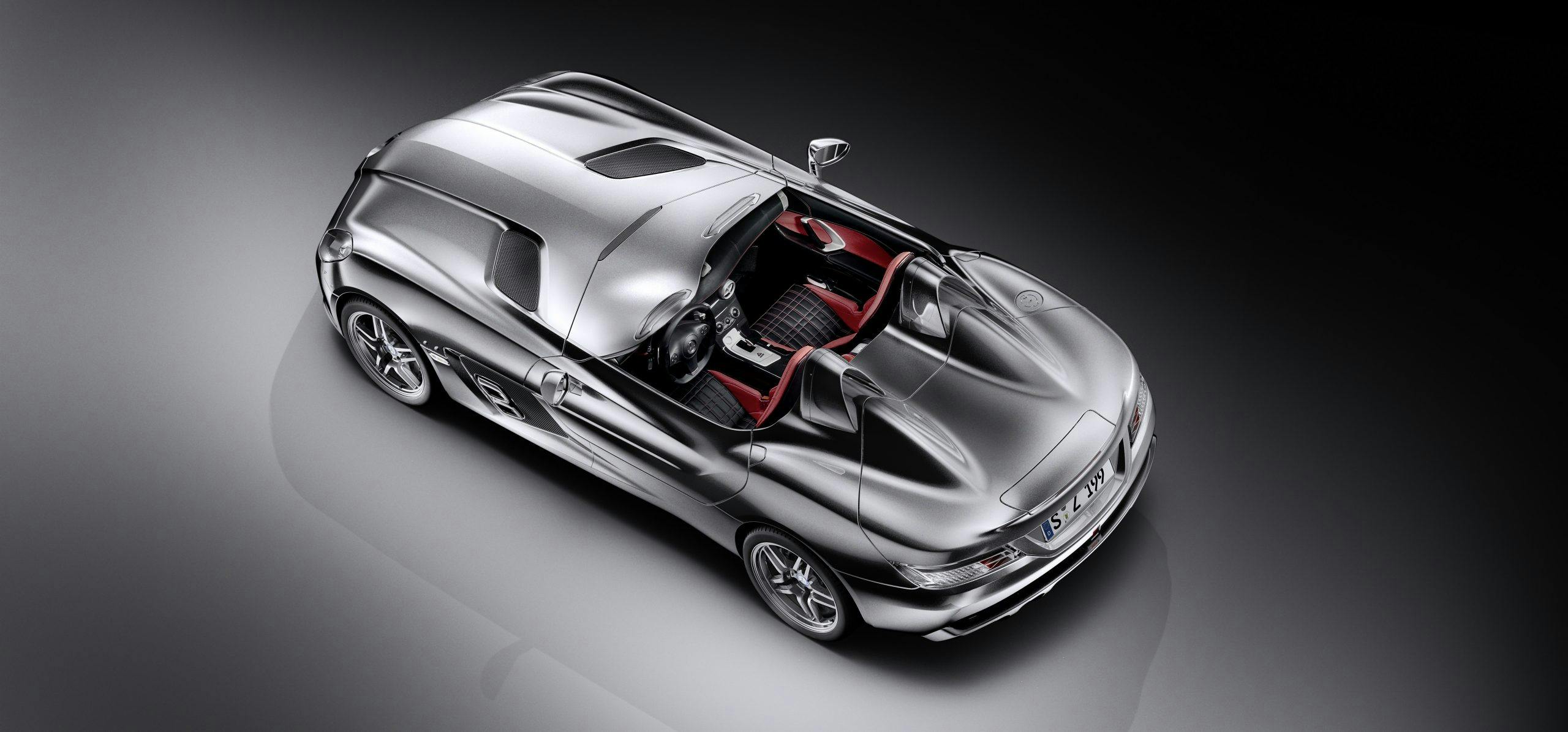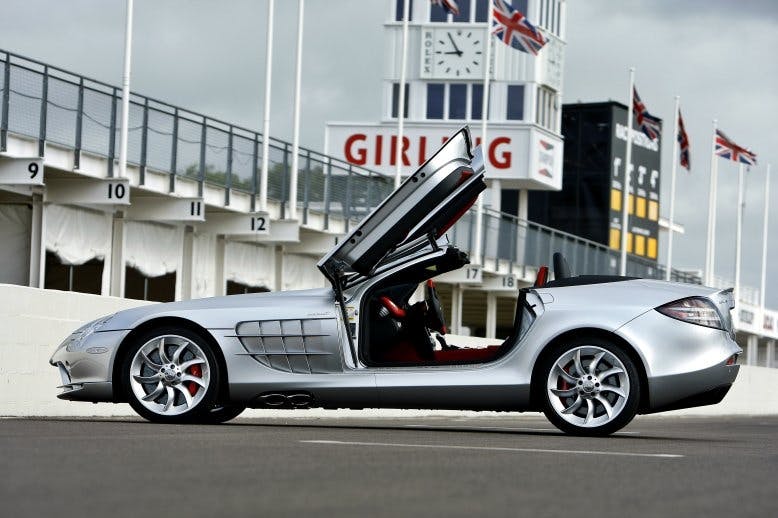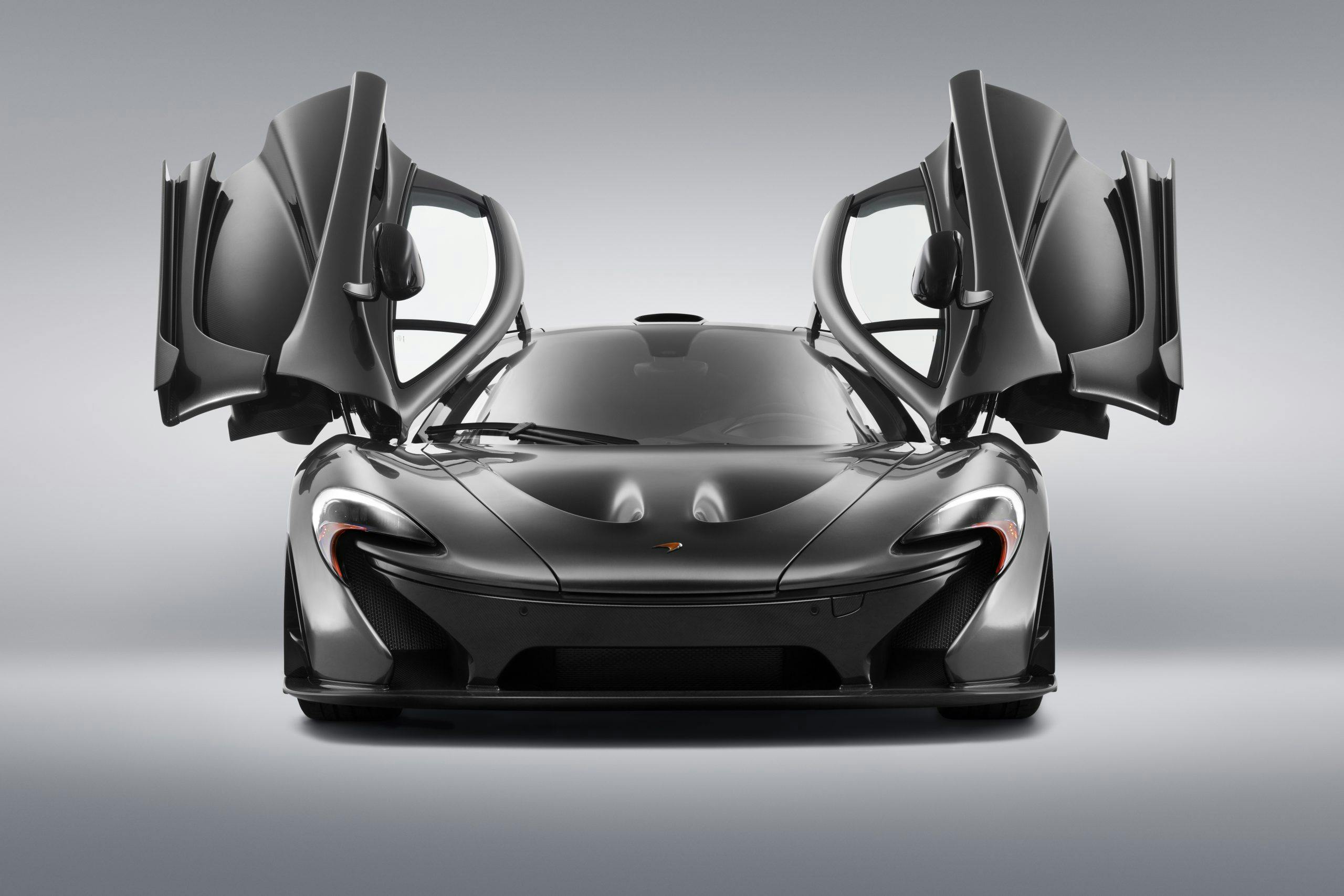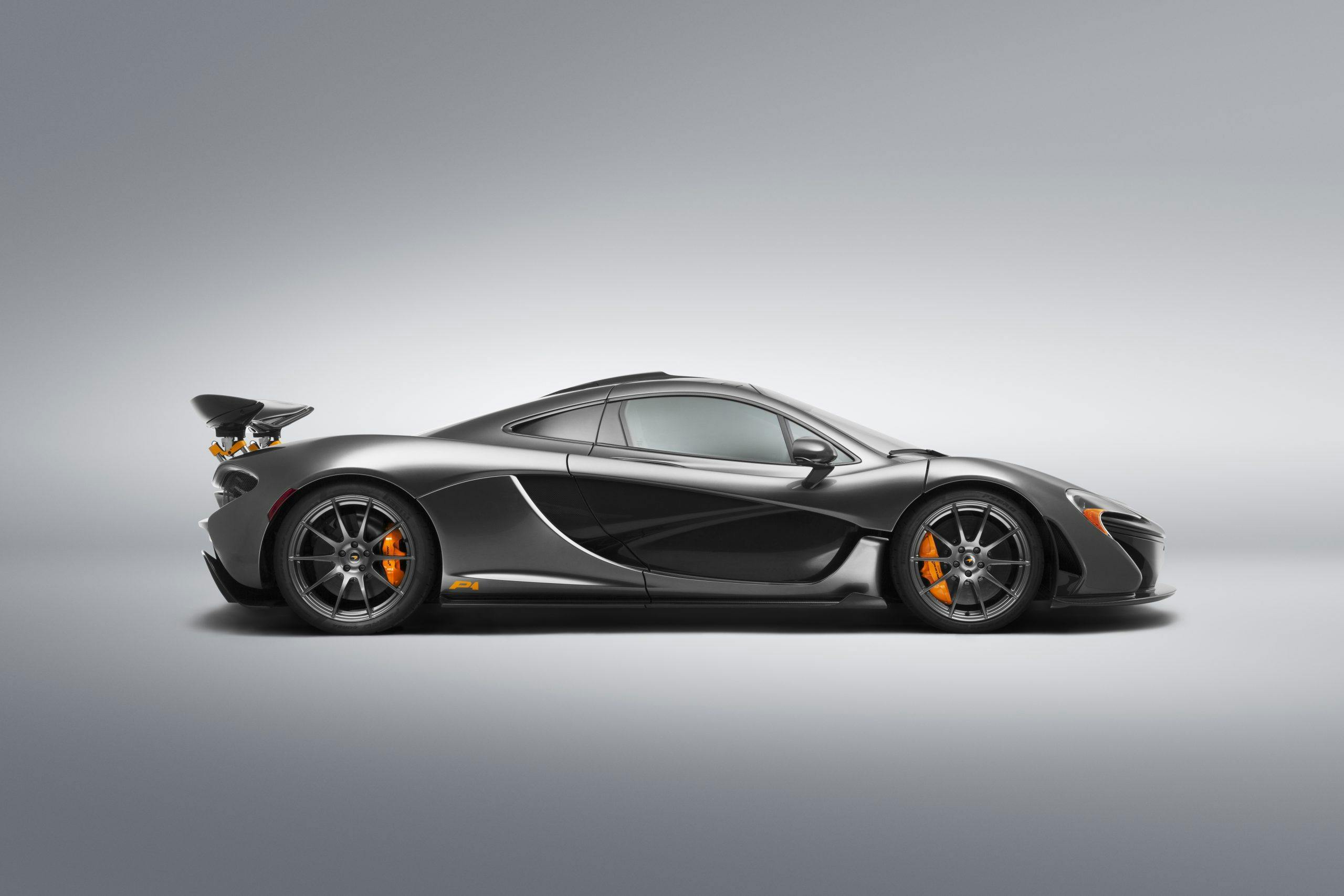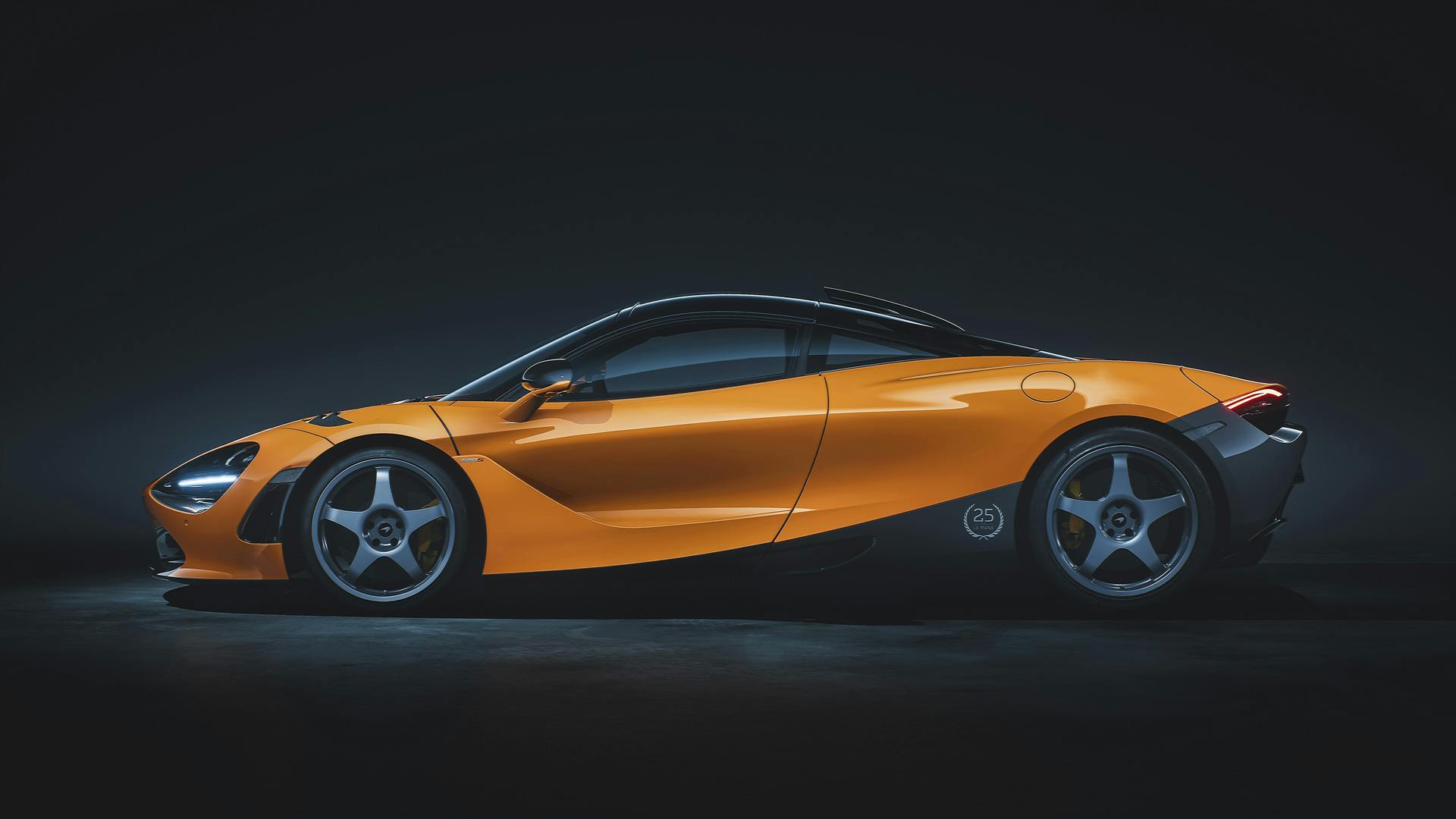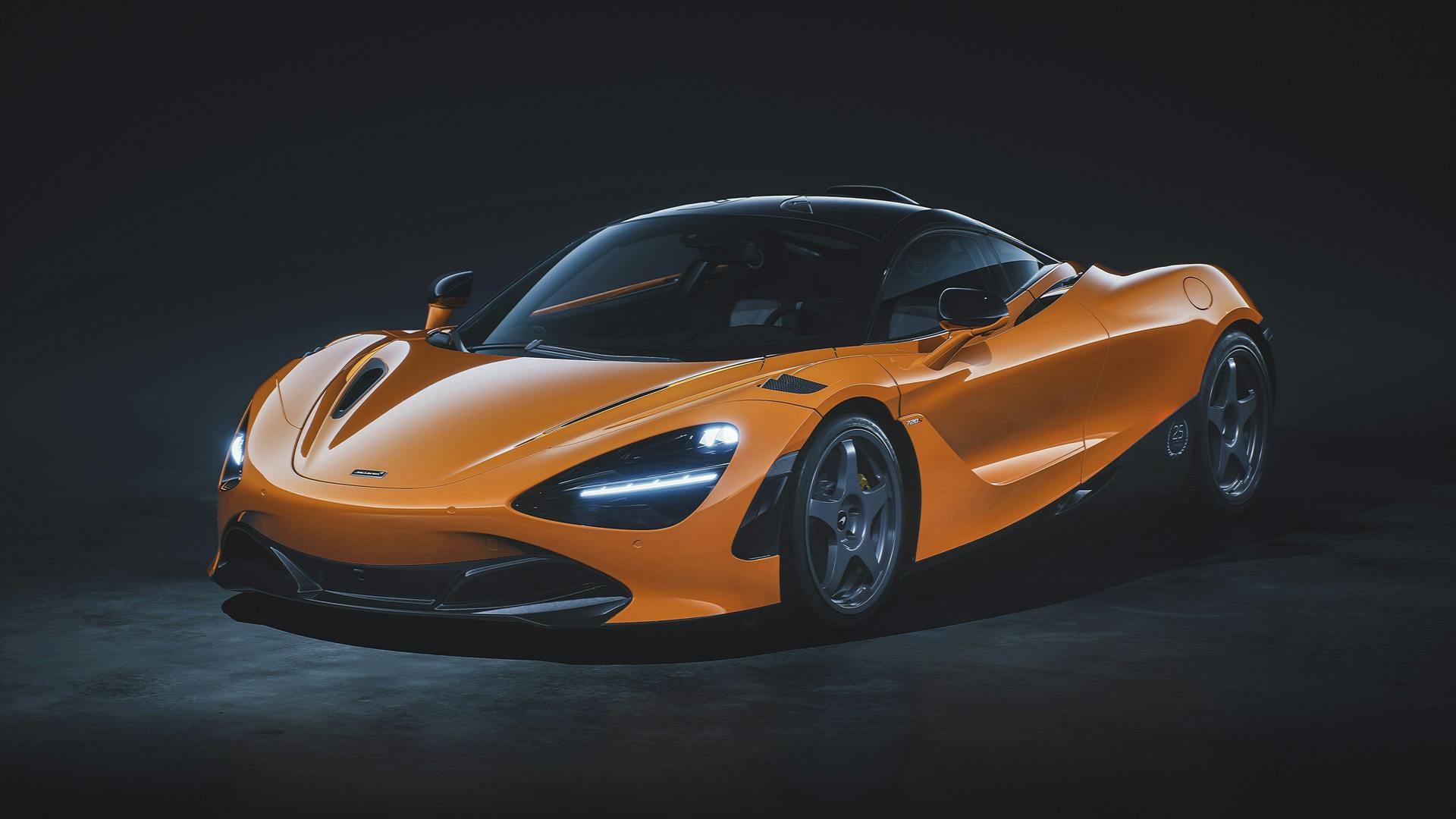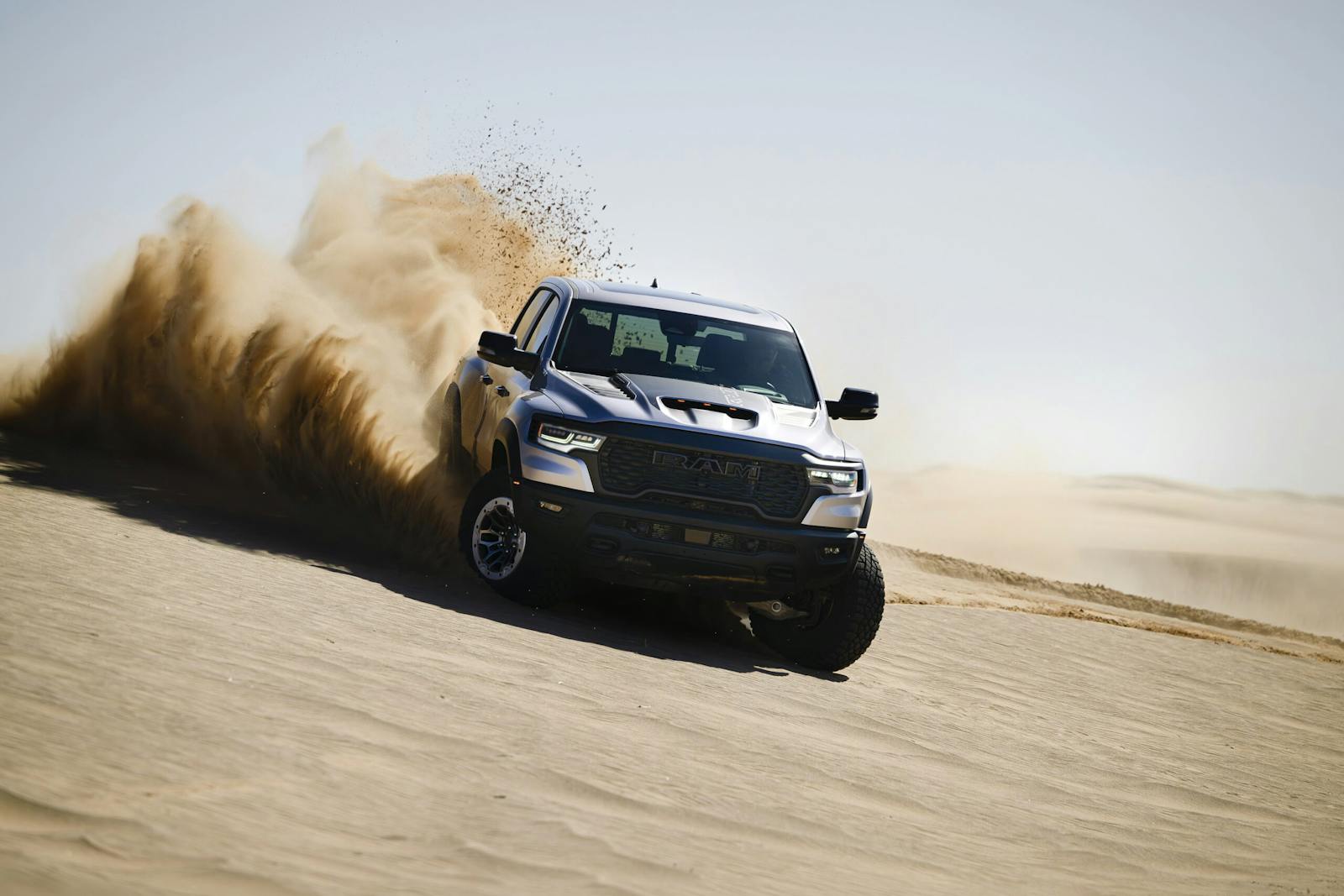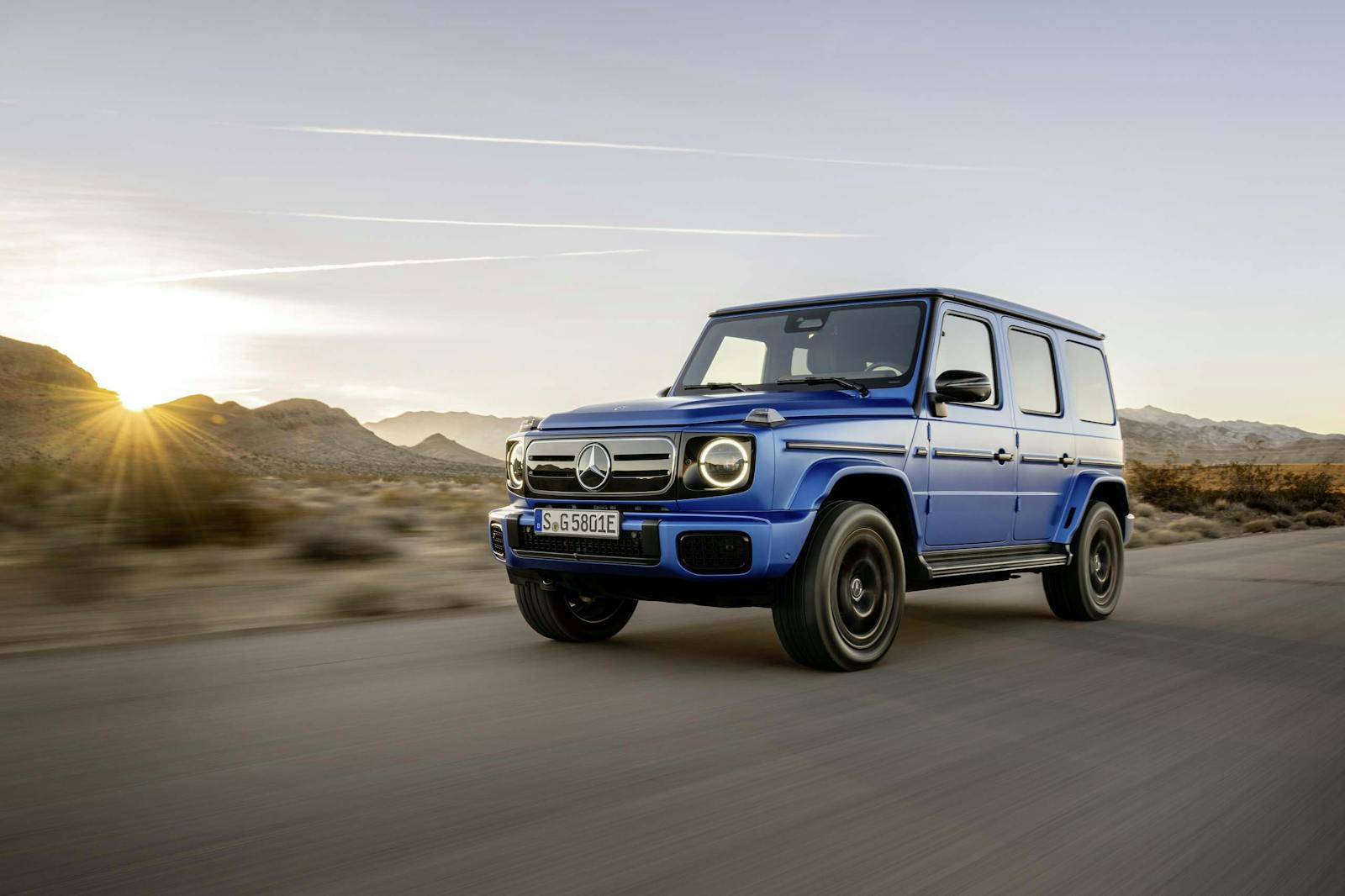Celebrate 35 years of McLaren Automotive with these 5 icons
On December 2, 1985, Formula 1 team McLaren celebrated its second consecutive constructors’ championship win by forming a new company. McLaren Automotive would soon go on to build, arguably, the definitive supercar, and later become a small-volume sports car maker in the mold of Ferrari or Lamborghini. As the company celebrates 35 years we take a look back at a handful of the many highlights.

In earnest, the McLaren Automotive story began 16 years earlier, in 1969, when Bruce McLaren set out to build the fastest and quickest accelerating car the world had ever seen. Based on the company’s successful Bartz-tuned Chevrolet V-8 Can Am cars, the M6GT was a closed-cockpit racer for the road with a 160-mph top speed and the capability to throw itself from o-100 mph in eight seconds. To go racing, McLaren would have to homologate 50 of them, but Bruce McLaren reportedly wanted to build 250 road cars. In the end just the one prototype was completed, driven often by McLaren himself.
McLaren F1
McLaren’s road car ambitions were revived by Gordon Murray in 1988, when, waiting for a delayed flight back from the Italian Grand Prix at Monza, he sketched his first ideas for the ultimate automobile. Four years later the first of 64 McLaren F1 road cars was delivered.
The three-seater supercar was penned by Peter Stevens to deliver superb aerodynamic efficiency and high-speed stability without the need for extraneous wings or spoilers that would spoil its fluid look. BMW Motorsport’s Paul Rosche and his crew handled the engine. The purpose-built, 6.1-liter, V-12 belted out 629 horsepower and could propel the F1 to in excess of 230 mph, at a time when only a handful of cars had cracked 200.
Murray’s philosophy of undiluted driver involvement extended beyond the naturally-aspirated engine to the unassisted steering, manual gearbox, and distinct lack of driver aids. The F1’s $815,000 sticker price seemed outrageous at the time, but with cars now exchanging hands for in excess of $20 million it must rank as one of the best automotive investments of all time.
Mercedes-Benz SLR McLaren
The last F1 was built in 1998, but McLaren Automotive barely had time to rest on its laurels. The Grand Prix team’s engine supplier, Mercedes, wanted to bring back the legendary SLR. And who better to work with than the partners who had just landed the F1 World Championship?
The Mercedes-Benz SLR McLaren, launched in 2003, was a very different beast compared to the F1, but did share a carbon-fiber construction with its predecessor. Its supercharged 5.4-liter V-8 sat beneath the car’s extensive hood, pushed back as far as possible for a front-mid layout to benefit weight distribution. Its 617 hp was directed to the rear wheels through a five-speed AMG Speedshift automatic transmission, sending the supercar from zero to 60 mph in a fraction over three seconds. Top speed was comfortably in excess of 200 mph. Hauling the SLR down from such speed was a job for the Sensotronic brake-by-wire system and carbon-ceramic discs. A sizable rear airbrake would also deploy to add stability and stopping power.
Available as a coupe with butterfly doors or a convertible with more conventional entry and exit, 2157 cars were built over seven years at McLaren’s Woking, Surrey, U.K., factory. In 2006 a more powerful 722 edition with 641 hp, lighter wheels, lower ride height and stuffer damping, was a tribute to the start number of Stirling Moss’s Mille Miglia-winning SLR. The 2009 Stirling Moss edition had an additional ten horsepower and did away with the windscreen and roof, shedding 441 pounds in the process. Just 75 were made, marking the end of SLR production.
MP4-12C
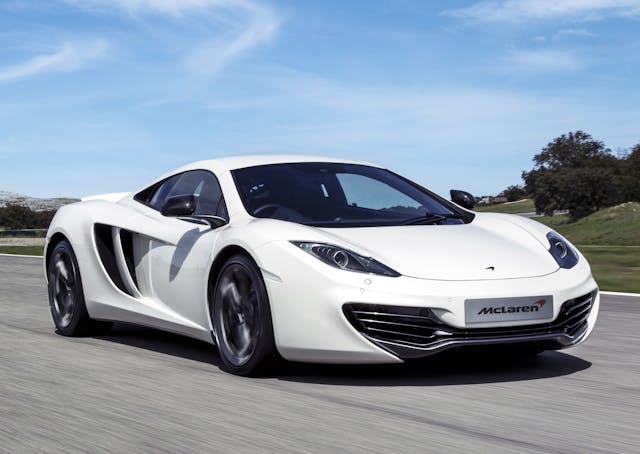
Once again McLaren moved fast, developing its first fully in-house designed and built car in 2011—the snappily-named MP4-12C. Innovation abounded, with the development of a flexible MonoCell carbon-fiber tub that would form the basis of every new McLaren to date. In the days of F1 production each carbon-fiber tub took 4000 hours to make, for the MP4-12C that time was cut to four hours.
The company’s own 3.8-liter twin-turbocharged V-8 engine produced 624 hp and would propel the car beyond 200 mph. It too would go on to become a key building block for McLaren’s four-tiered range of GT, Sports, Super and Ultimate Series cars.
With bodywork by Frank Stephenson the MP4-12c (later just 12C) also introduced a Formula 1-derived brake steer system to reduce understeer and ProActive Chassis Control, a high pressure hydraulic suspension system, which won the car high praise for its handling and supple ride quality.
Around 4000 MP4-12C coupes and spiders were built over three years and, if you’re brave, it’s the most cost-effective way to get behind the wheel of a McLaren with cars available for less than half their original $229,000 MSRP.
P1
2012 was an epic year for hybrid hypercars. Porsche revealed the 918 Spyder, Ferrari unleashed La Ferrari and McLaren completed this “Holy Trinity” with the P1.
Was it the true successor to the legendary F1? For purists, that would have to wait for the 2020 Speedtail with its central driving position and three seats, but the P1 made full use of the latest technology in its unrelenting quest for performance. The now-standard McLaren twin-turbo V-8 was paired with an electric motor for a combined power output of 903 hp. The P1 could run silently for 19 miles on electricity or use the motor to “torque fill” any gaps left by the V-8.
0-62 mph was gone in 2.8 seconds, 0-124 mph in 6.8 seconds and 0-186 mph in 16.5 seconds. Top speed was limited to 217 mph.
McLaren Automotive borrowed a few items from its Formula 1 garage mates in the form of a Drag Reduction System, Kinetic Energy Recovery System and Instant Power Assist System (essentially a push-to-pass button). A seven-speed dual clutch transmission was installed along with carbon-ceramic brakes. Combined with an air brake and KERS the P1 could go from 186 mph to a standstill in just 6.2 seconds.
McLaren made only 375 P1s, with 127 making their way to U.S. buyers who paid a cool $1.15 million apiece. So far values are holding up, but the P1 is unlikely to become the goldmine that the F1 has proven.
720S
Last on our list is the 720S. Launched in 2019, it’s the pinnacle of McLaren series production and a Hagerty favorite.
McLaren ramped up its V-8 to produce 720 hp without any additional hybrid heft, it redesigned the Monocage tub, improved the Proactive Chassis Control, and introduced Variable Drift Control for sideways shenanigans.
Such is the pace of progress that the 720S is actually almost a match for the P1, despite costing a fraction of the price. 0-62 mph takes 2.9 seconds and Vmax is 212 mph. It generates 50 percent more downforce than the 650S it replaced.
There’s more drama in the dihedral doors, less weight in the carbon bodywork, and yet the interior is more luxurious and better-functioning than any McLaren before. Whether you choose the coupe or Spider, the 720S is a car you could live with every day and then tear up the track at weekends.
As McLaren moves towards V-6 hybrid power for its next generation, the 720S is our pick of the current crop and is a true testament to 35 years of automotive innovation.
